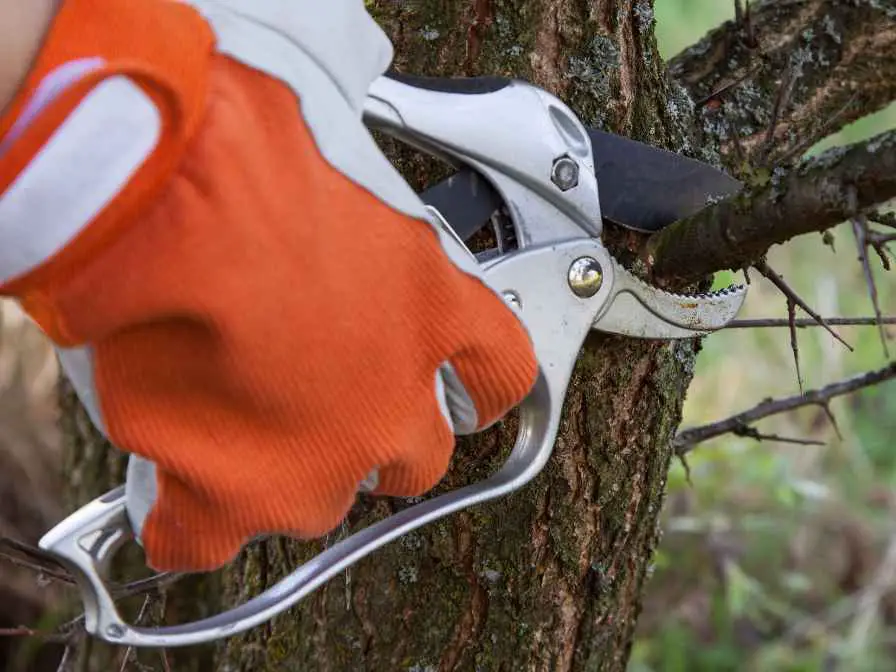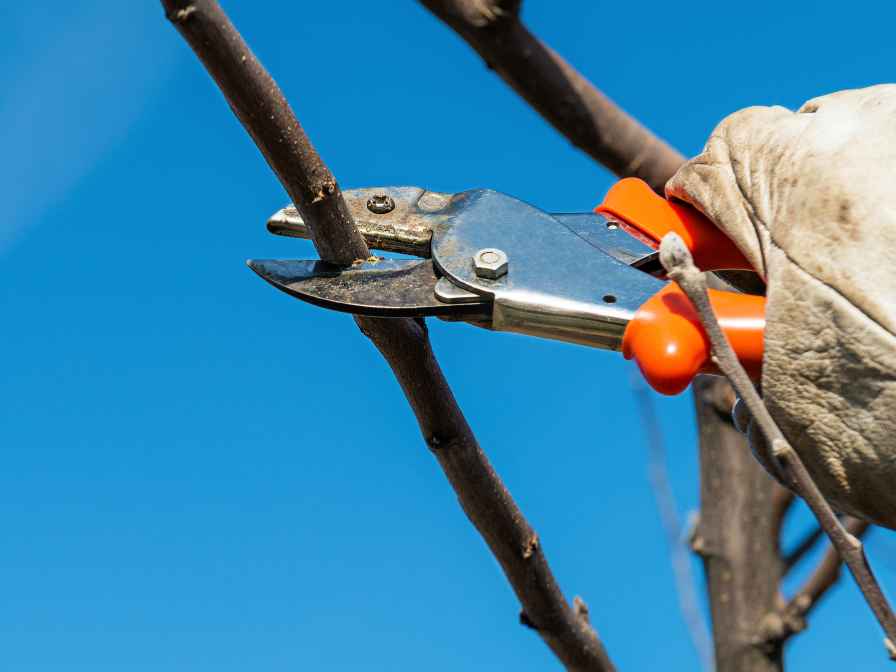People go for the plantation of maple trees due to many of its benefits. These benefits are well known and moreover, maple is easy to take care of. But important is how to take care of these trees and how to prune maple trees so that they can grow steadily.

Gardeners do choose plants and trees according to their choice and the availability of resources and space. But the real effort comes into action when they have to take care of them. An important part of the care is the pruning of trees.
Maple trees
Maple trees are a type of deciduous tree that belongs to the Aceraceae family. They are known for their distinctive leaves, which typically have five lobes and change color in the fall, as well as their sap, which is used to make maple syrup.
Maple trees can be found in a variety of habitats, including forests, woodlands, and urban areas, and can grow to be quite large, reaching heights of up to 150 feet. They also have a long life span and can live for hundreds of years.
Maple leaves are typically lobed and have a symmetrical shape. They go through phases. These leaves start from being green in summer, then go through the yellow, orange, ad red shades till fall. On the other side, maple tree bark is typically smooth and gray when the tree is young but becomes rough and scaly as the tree matures. Some species, such as the sugar maple, have a distinct pattern of deep furrows and ridges.
Seed Pods of Maple Trees
Maple trees produce distinctive seed pods called samaras. These are winged seeds that spin as they fall to the ground, helping to disperse the tree’s progeny. Besides that, one of the best because of what maple trees are known for their sap, which is used to make maple syrup. The sap is typically clear and watery but can be boiled down to create a sweet, thick syrup.
Maple trees can vary in size, with some species growing to be quite large and reaching heights of up to 150 feet. The shape of the tree can also vary, with some species having a round, spreading canopy and others having a more upright, narrow form. Maple trees are known for their vibrant fall foliage, with leaves changing color to shades of yellow, orange, and red.
It can be easily grown in the US hardiness zones from 5 to 9.
Benefits of Planting Maple Trees
Maple trees are known for their vibrant fall foliage, which can add a beautiful, colorful touch to any landscape. The leaves when turned red, give an amazing look in the autumn. Besides that, it is a great addition to the garden.
Maple trees can grow quite large, providing ample shade for outdoor activities or cooling the interior of homes and buildings. You can sit beneath it during the hot summer times as well.
Maple trees provide food and habitat for a variety of birds, insects, and other wildlife. You would be able to attract quite a lot of natural beings. Maple trees absorb carbon dioxide from the atmosphere and store it in their biomass, helping to mitigate the effects of climate change.
Maple wood is strong, hard, and durable and can be used for various purposes like furniture, flooring, musical instruments, and more. It is also used in heavy-duty flooring and other works of construction and furniture. Maple trees can be tapped for their sap to make maple syrup, a popular sweetener, and flavoring. It is quite popular for that.
A Maple tree and Pruning

Maple trees are very beautiful and useful trees. These are very easy to plant and take care of. You just need to make sure of some of the basic steps. Once established you are good to go. Pruning is an important part of caring the maple trees.
Taking care of the trees includes pruning as well. Pruning is a very important and healthy activity for plants to be done.
Benefits Of Pruning
Pruning removes dead, damaged, or diseased branches that could fall and cause injury or damage to property. You would be able to keep the maple tree in control. Pruning allows for better air and light penetration to the tree’s crown, which can promote better growth and overall health.
Pruning can shape and maintain a tree’s form, making it more visually pleasing and enhancing the overall appearance of the landscape. You can design the style of the plant according to your garden style. Pruning can increase the quantity and quality of fruit produced by fruit trees.
Trees that are properly pruned can provide shade in the summer, which can lead to energy savings by reducing the need for air conditioning. The maple trees will grow dense when pruned well and timely. Also, maintaining the health and appearance of trees can increase property value.
Regular pruning can help to extend the life of a tree by removing dead or diseased branches and promoting healthy growth. Also, maple trees have already a longer life. Pruning helps to maintain a safe distance between tree branches and utility lines, preventing power outages and damage to property.
It’s important to keep in mind that pruning is not always necessary and over-pruning can cause more harm than good. Consult a professional horticulturist if you have any doubts about whether pruning is necessary for a maple tree.
Pruning of Maple Trees
Pruning maple trees is an important aspect of maintaining their health and appearance. There are some of the basic and important steps which are to be taken into consideration before going for pruning of maple trees.
Timing of Pruning Maple Trees
The ideal time to prune maple trees vary. You can best prune in the early spring or in the late winter. Pruning during this time allows you to see the tree’s structure more clearly and makes removing dead or damaged branches easier.
You can also prune the maple trees in the mid summers as well when they have grown well and have dense branches and saturated green color. This time you would have to go for pruning to maintain the shape or to slow the growth. Make sure you don’t cut the top of the tree, as it can injure it.
Dead and Damaged Branches
Remove any branches that are dead, damaged, or diseased. These branches can harbor pests and diseases that can spread to the rest of the tree. Pruning has this main benefit. It removes the dead and damaged branches, as well as it makes the tree strong and resistant to pests and diseases.
Crossing Branches
Crossing branches can rub against each other, causing damage to the bark and potentially creating entry points for pests or diseases. Remove any crossing branches to keep the tree healthy. Make sure these are well cut.
Shaping Maple Tree with Pruning
Maple trees can be pruned to maintain a specific shape or size. This is especially important if the tree is planted in a small yard or near a house. Be careful not to remove too much of the tree at once, as this can stress the tree and leave it vulnerable to pests and diseases.
If you are going to have an intended shape, don’t prune it at once. The maximum you can go for is one-third pruning of the whole plant. Do it in steps. Prune the maple tree 2 times a year to make it look in the intended shape and size.
Select while Pruning Maple tree
Avoid pruning too much of the tree in one year, as this can stress the tree and leave it vulnerable to pests and diseases. Instead, prune a little each year. You can select the areas to prune the maple tree. It will keep it balanced and pruned.
Tools to be used for Pruning Mapple tree

Use the appropriate tools for pruning, such as sharp pruning shears or saws, to make clean cuts that minimize damage to the tree. Use a tool that is in good shape and form. Make sure these are not rusty and are sharpened.
You can consult with any of the horticulturists if you have any confusion about pruning maple trees. It’s because you need to make sure that you are doing it right, otherwise, you might end up damaging the tree.
In short, maple trees are easy to plant and grow. But the real deal comes with the care of the maple trees. It includes the important step of pruning. Prune it well and balanced, and you have healthy and steadily growing maple trees.

